
Tulips
One of the oldest and simplest types of rally instructions, tulips are used in performance as well as navigational events. In its purest form, a tulip is just an aerial view of an intersection, a line drawing with a dot at the base (where you are entering the intersection), and an arrow to show you which way to leave the intersection. The standard instruction is to "enter at the dot" and "leave by the arrow". A distance from the start of section will usually be provided to confirm that you are at the correct intersection. Traffic markers are indicated in the quadrant where you will find them. A stop sign is a dash (Fig. 1) [1.02a], a yield is a small inverted triangle (Fig. 2) [1.02b] and traffic signals are indicated by four dots, one in each quadrant (Fig. 3) [1.02c]. Dead end roads and trails are indicated by a dotted line (Fig. 4) [1.02d].
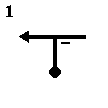
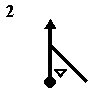
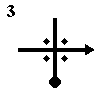
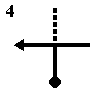
Tulips can be arranged on a page in many different ways. The easiest instructions are laid out in a table to be read from left to right and top to bottom, each intersection appearing in order. If not all distances are given, and no other instructions are provided, assume that this is the correct way to complete the section. When you get to the next intersection with a distance, you can confirm that you are on route as your odometer should match the distance given. If all of the distances are given, varify that they are in order. The tulips could be mixed up and you must complete them in the ascending order of the distances.
Rally masters have developed infinite variations to the tulip instruction. Here are some of the ones that I have encountered. Often, you will find that the instruction has been rotated so that the dot is no longer at the base of the tulip (Fig. 5) [1.02e]. Always remember to enter at the dot - not at the base!
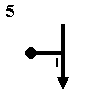
Just to mix things up, you might be asked to enter by the arrow and leave by the dot! Again, read your instructions carefully.
If the Rally Master has a theme for the rally, such as the economy, the arrow and the dot may be replaced by other symbols (Fig. 6) [1.02f] (i.e. enter at the ¢ and leave by the $).
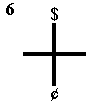
Another variation are tulips that have been assigned letters of the alphabet. You may be asked to spell a specific word or phrase; in the example below (Figures 7 though 11), the word is 'RALLY'. With only one 'R' and one 'A', the first instructions are obvious - but there are two L's. When you get to the intersection following the 'A', you'll need to look at it carefully, and then decide which 'L' instruction can be used.
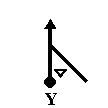
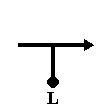
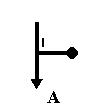
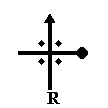
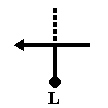
Assuming that you can only use each instruction once, cross off the "L" that you use first, and then continue through the next two tulips until you have successfully completed the word 'RALLY'.
The Rally Master may provide a further variation by providing only the 4 tulips shown across the bottom, labeled A, R, L, Y. Again, you must spell 'RALLY', but in that case, both of the "L" intersections will be identical.
Tulips generally show only one intersection at a time, but sometimes you'll come across giant tulips, which represent a number of sequential tulips linked together (Fig. 12); you complete each intersection in order. This is similiar to following a map, but a giant tulip doesn't usually replicate the actual map (twists and bends in a particular road segment don't appear, and they're not to scale).
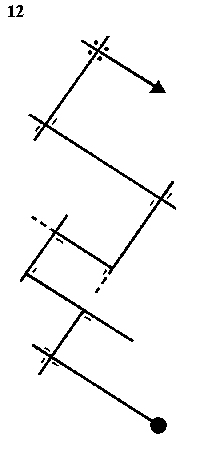
Experts are often faced with advanced variations of tulip diagrams. For instance, one, two or all of the tulips may be "mirrors" the tulip appears as you would see it in a mirror. One of the main clues in determining that a section has been mirrored is a stop sign which appears to be on the wrong side of the road. (Sometimes, the distances are mirrored as well.) In Fig. 13, the instruction indicates a right hand (not left) turn at a tee intersection with a stop sign.
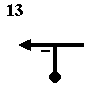
HOT TIPS:
If the whole section is mirrored, you may wish to turn the paper over and hold it to your
light to make it easier to read.
Sometimes, the tulips have no distances shown, and they are laid out in a table in such a manner that the arrow points to the next tulip to be used, and (other than the End Of Section and Start Of Section squares) that is your only indication of the order to be followed. In a 6 square x 6 square tulip instruction table, the arrow could point to up to 5 possible tulips! You must arrive at the next intersection in order to determine which tulip to use. When you get to the intersection, there should be no doubt as to which is the correct tulip. Generally speaking, each tulip is only used once, although that is not a rule. It is the rally master's responsibility to ensure that only one tulip will correctly match the actual intersection. Stop signs, etc. are crucial to ensuring that you have selected the correct tulip. In the example shown, the boxes have been numbered to help demonstrate the order in which these tulips would be used.
7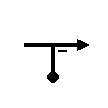 |
8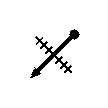 |
6 |
9 EOS EOS |
1 SOS SOS |
5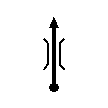 |
3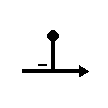 |
2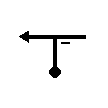 |
4 |
The most fiendish tulip section that I have ever seen was when I found about two dozen of them cut into nice, neat little squares - and all jumbled together in an envelope! Distances were provided, but getting - and keeping - those tiny pieces of paper organized in a moving car while keeping the driver on route - and on time - was really tough. I've carried a roll of Scotch tape with me ever since, to stick them down once I get them sorted!
Last Updated: 2001-04-18
Copyright © 2001 Gail L. Walker, reproduction forbidden without written authorization.